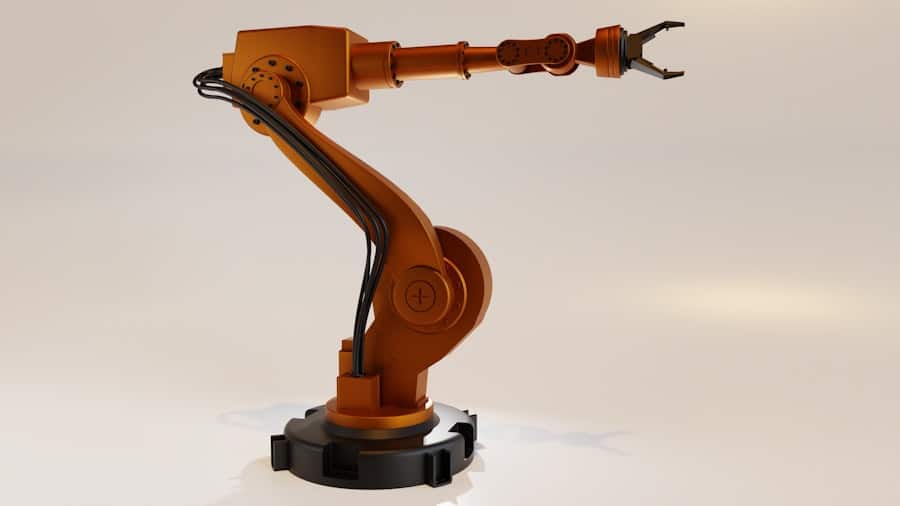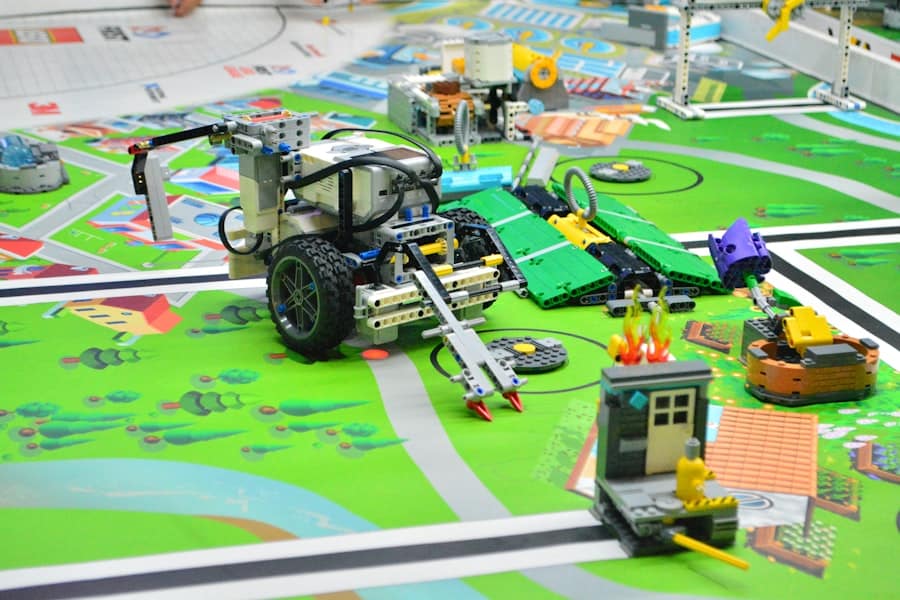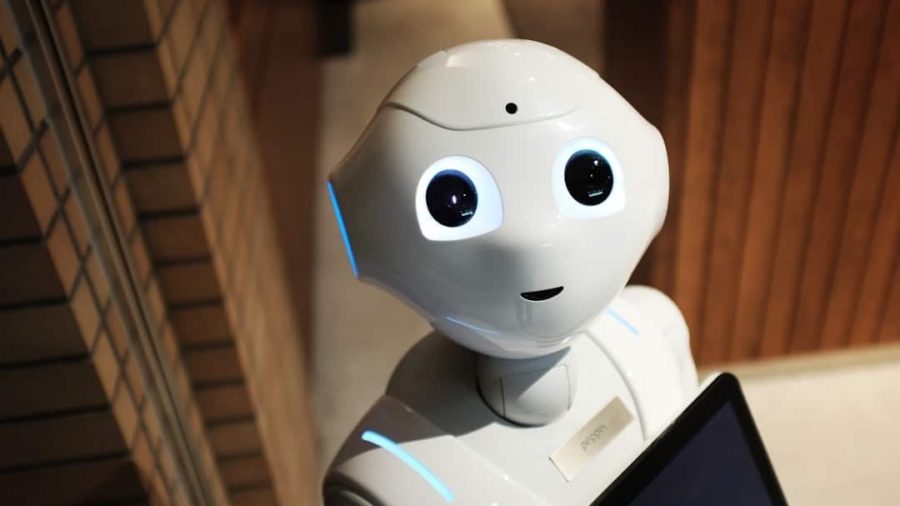Personal assistance devices have become an integral part of modern life, serving a diverse range of functions that enhance the quality of daily living. These devices are designed to assist individuals in performing tasks that may be challenging due to age, disability, or other limitations. From simple tools like hearing aids and mobility scooters to more complex systems such as smart home technology and robotic companions, personal assistance devices cater to a wide spectrum of needs.
The advent of technology has significantly transformed these devices, making them more efficient, user-friendly, and accessible. The increasing prevalence of chronic conditions and an aging population have driven the demand for personal assistance devices. As people seek to maintain independence and improve their quality of life, the role of these devices has expanded beyond mere functionality.
They now encompass a holistic approach to personal care, integrating health monitoring, communication, and social interaction. This evolution has paved the way for the incorporation of robotics, which promises to revolutionize the landscape of personal assistance devices.
Key Takeaways
- Personal assistance devices are designed to help individuals with daily tasks and activities, and robotics has played a significant role in their evolution.
- Robotics in personal assistance devices has evolved from simple mechanical aids to sophisticated, intelligent systems that can perform complex tasks.
- The benefits of robotics in personal assistance devices include increased independence, improved quality of life, and enhanced safety for users.
- However, challenges and limitations such as cost, accessibility, and potential job displacement need to be addressed in the integration of robotics in personal assistance devices.
- The future of robotics in personal assistance devices holds promise for further advancements in technology, but ethical considerations and the impact on the industry must be carefully considered.
The Evolution of Robotics in Personal Assistance Devices
The integration of robotics into personal assistance devices marks a significant milestone in technological advancement. Initially, robotics was primarily confined to industrial applications, where machines performed repetitive tasks with precision. However, as technology progressed, researchers began exploring the potential of robotics in personal care settings.
Early prototypes of robotic assistants were rudimentary, often limited to basic functions such as mobility assistance or simple task execution. Over time, advancements in artificial intelligence (AI), machine learning, and sensor technology have led to the development of sophisticated robotic systems capable of understanding and responding to human needs. One notable example is the evolution of robotic exoskeletons, which have been designed to assist individuals with mobility impairments.
These devices have transitioned from bulky, mechanical structures to lightweight, user-friendly systems that can be worn comfortably throughout the day. Companies like Ekso Bionics and ReWalk Robotics have pioneered this field, creating exoskeletons that enable users to stand and walk independently. The integration of AI allows these devices to adapt to the user’s movements and intentions, providing a seamless experience that enhances mobility and independence.
The Benefits of Robotics in Personal Assistance Devices

The incorporation of robotics into personal assistance devices offers numerous benefits that significantly enhance user experience and outcomes. One of the most prominent advantages is increased autonomy for individuals with disabilities or age-related limitations. Robotic devices can perform tasks that may be physically challenging for users, such as lifting heavy objects or navigating difficult terrain.
This empowerment fosters a sense of independence and dignity, allowing users to engage more fully in their daily lives. Moreover, robotics can improve safety and efficiency in personal assistance. For instance, robotic vacuum cleaners like the Roomba have revolutionized household chores by autonomously navigating spaces and cleaning floors without human intervention.
This not only saves time but also reduces the risk of accidents associated with manual cleaning tasks. In healthcare settings, robotic systems can assist caregivers by lifting patients or delivering medications, thereby minimizing physical strain on healthcare professionals while ensuring timely care for patients.
The Challenges and Limitations of Robotics in Personal Assistance Devices
Despite the promising advancements in robotics for personal assistance devices, several challenges and limitations persist. One significant hurdle is the high cost associated with developing and implementing robotic technologies. Many advanced personal assistance devices remain prohibitively expensive for average consumers or healthcare facilities, limiting their accessibility.
This economic barrier can exacerbate existing inequalities in healthcare access and quality. Additionally, there are technical challenges related to the reliability and adaptability of robotic systems. While many robots are designed to operate in controlled environments, real-world scenarios often present unpredictable variables that can hinder performance.
For example, a robotic assistant may struggle to navigate cluttered spaces or respond appropriately to unexpected obstacles.
The Future of Robotics in Personal Assistance Devices
Looking ahead, the future of robotics in personal assistance devices appears promising as technology continues to advance at an unprecedented pace. Innovations in AI and machine learning are expected to enhance the capabilities of robotic systems, enabling them to learn from user interactions and adapt to individual preferences over time. This personalization will likely lead to more intuitive and responsive devices that can better meet the unique needs of each user.
Furthermore, the integration of Internet of Things (IoT) technology will facilitate seamless communication between personal assistance devices and other smart home systems. For instance, a robotic assistant could coordinate with smart appliances to optimize daily routines or alert caregivers in case of emergencies. This interconnectedness will create a more cohesive ecosystem that enhances overall user experience and safety.
Ethical Considerations in the Use of Robotics in Personal Assistance Devices

As robotics becomes increasingly prevalent in personal assistance devices, ethical considerations must be addressed to ensure responsible development and deployment. One primary concern revolves around privacy and data security. Many robotic systems collect sensitive information about users’ habits, health status, and daily routines.
Safeguarding this data from unauthorized access is paramount to maintaining user trust and ensuring compliance with regulations such as the Health Insurance Portability and Accountability Act (HIPAA). Another ethical consideration involves the potential for dependency on robotic systems. While these devices can significantly enhance quality of life, there is a risk that users may become overly reliant on them for basic tasks.
Striking a balance between providing assistance and promoting independence is essential to prevent diminishing users’ skills or confidence over time. Developers must consider how their designs impact users’ autonomy while ensuring that technology serves as a tool for empowerment rather than a crutch.
The Impact of Robotics on the Personal Assistance Device Industry
The introduction of robotics into the personal assistance device industry has catalyzed significant changes across various sectors, including healthcare, home care, and rehabilitation services. As robotic technologies become more sophisticated and affordable, they are reshaping how care is delivered and experienced by individuals with disabilities or age-related challenges. Healthcare providers are increasingly adopting robotic solutions to enhance patient care while optimizing resource allocation.
For instance, telepresence robots are being utilized in healthcare settings to facilitate remote consultations between patients and medical professionals. These robots allow doctors to interact with patients from a distance while providing essential monitoring and support. This innovation not only improves access to care but also reduces the burden on healthcare facilities by enabling remote management of patients’ needs.
The Role of Robotics in Enhancing Personal Assistance Devices
The integration of robotics into personal assistance devices represents a transformative shift in how individuals approach daily living challenges. By enhancing autonomy, safety, and efficiency, these technologies empower users to lead more fulfilling lives while addressing their unique needs. As advancements continue to unfold, it is crucial for stakeholders—including developers, healthcare providers, policymakers, and users—to collaborate in shaping a future where robotics serves as a valuable ally in personal care.
The ongoing evolution of robotics holds immense potential for improving the quality of life for countless individuals worldwide. By addressing challenges related to cost, reliability, and ethical considerations, the industry can pave the way for innovative solutions that enhance accessibility and inclusivity in personal assistance devices. Ultimately, the role of robotics will be pivotal in redefining what it means to live independently while receiving support tailored to individual circumstances.
If you are interested in exploring the latest technology devices, you may want to check out the article Unlock Your Creative Potential with the Samsung Galaxy Book Flex2 Alpha. This article discusses how this innovative laptop can enhance your creativity and productivity. Just like robotics in personal assistance devices, the Samsung Galaxy Book Flex2 Alpha showcases how technology can improve our daily lives and tasks.
FAQs
What is the role of robotics in personal assistance devices?
Robotics plays a crucial role in personal assistance devices by providing advanced capabilities such as mobility, manipulation, and interaction with the environment. These devices use robotics to assist individuals with daily tasks and improve their quality of life.
How do robotics enhance personal assistance devices?
Robotics enhance personal assistance devices by enabling them to perform tasks such as lifting, carrying, and manipulating objects, as well as providing mobility support for individuals with physical disabilities. This technology also allows for advanced sensing and interaction capabilities, making the devices more intuitive and responsive to user needs.
What are some examples of personal assistance devices that utilize robotics?
Examples of personal assistance devices that utilize robotics include robotic exoskeletons for mobility support, robotic arms for assistance with manipulation tasks, and robotic companions for social interaction and emotional support. These devices are designed to assist individuals with disabilities, elderly individuals, and those in need of extra support in their daily lives.
How do robotics contribute to the independence of individuals using personal assistance devices?
Robotics contribute to the independence of individuals using personal assistance devices by enabling them to perform tasks that they may have difficulty with on their own. By providing assistance with mobility, manipulation, and other daily activities, these devices empower individuals to maintain a higher level of independence and autonomy.
What are the potential future developments in robotics for personal assistance devices?
Future developments in robotics for personal assistance devices may include advancements in artificial intelligence, machine learning, and natural language processing to enhance the devices’ ability to understand and respond to user needs. Additionally, there may be further integration of robotics with other technologies such as sensors, actuators, and advanced materials to improve the overall functionality and usability of these devices.

